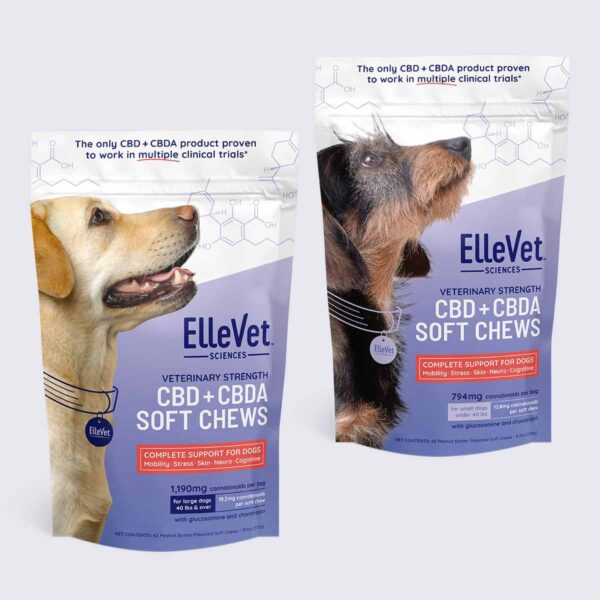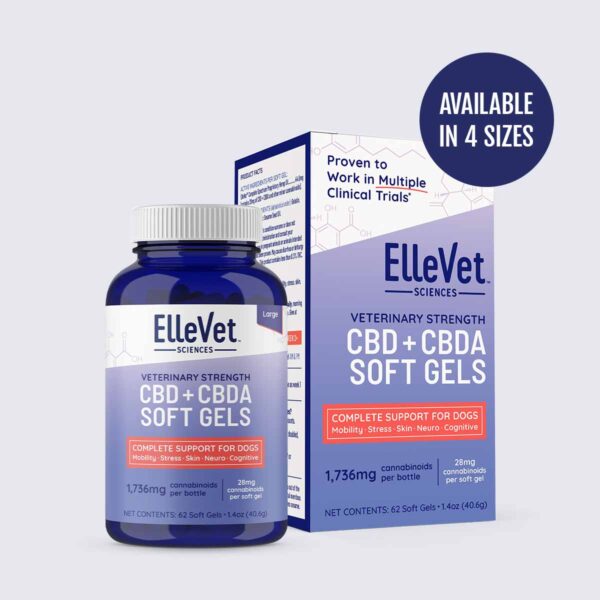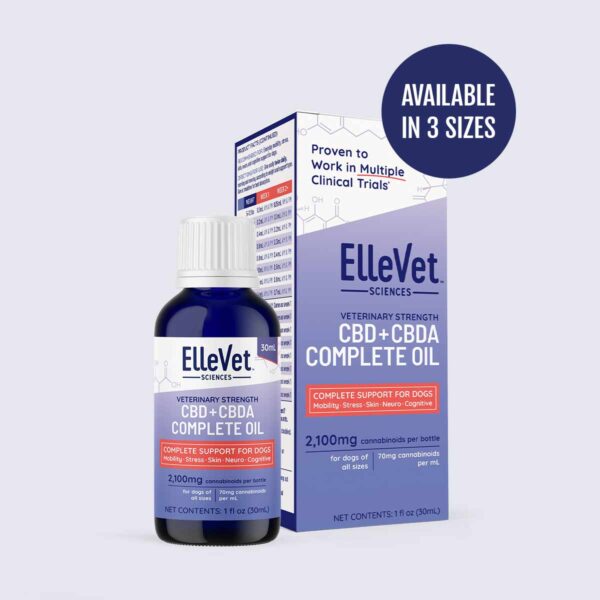We are highly motivated to find the “right” food for our animal companions as pet owners. We may feel like nutrition is one health factor we can control. A nutritious diet is crucial to human and non-human animal health alike. However, often, nutritional-related expectations transcend realistic outcomes. The reality is that our pets are resilient and able to thrive on a variety of diets. Nutrition is essential, but only one of the complex and interacting variables influences health.
The “perfect” food for your dog likely does not exist; however, it is possible to discern healthy elements based on inspection of the label. This may be overwhelming at first, as labels can be filled with jargon and potentially misleading information. Here are some tricks to equip yourself with to make an educated decision about your pet’s health.
Table of contents
Pet Food Regulations
Pet food labeling is regulated on two levels: federal guidelines from the United States Food and Drug Administration (FDA) establish standards for proper identification of ingredients along with other basic rules. The Association of American Feed Control Officials (AAFCO) has specific rules that pet food manufacturers must follow.
The food that makes up a dog’s main meals should have a statement from AAFCO that the product “provides complete and balanced nutrition” or that the product “is formulated to meet the nutritional levels established by the AAFCO Dog Food Nutrient Profiles.”
While these institutions regulate the pet food industry to some degree, it is important to note that some terms like “natural” or “premium” do not have many regulated specifications. “Natural” means that the food is preserved with natural preservatives but does not indicate anything about the other ingredients. “Premium” is an unregulated term in feed law. To figure out what is really in your dog food, flip the bag over and read the ingredients and nutritional analysis list.
Guidelines for Naming Pet Food: Product Name
The product name is likely the first thing that catches your eye as you peruse dog food. The product name is generally the number one factor consumers consider, and here is how to decipher what it means.
AAFCO and the FDA regulate the product name with the 95% rule, meaning that the ingredients derived from animals, poultry, or fish must constitute at least 95% of the product’s total weight. This seems like quality ingredients would be the primary component of dog foods; however, here are some exceptions you should look for
- Dinner, Formula, Entrée, or Recipe in Product Name – If the product contains one of these words, the main ingredient in the food must equal 25% or more of the diet.
- With in the Product Name – If the product contains, the ingredient can be relatively minor and only constitutes 3% of the total weight.
- Flavor in the Product Name – If the product contains flavor then any specific percentage of the ingredient is not necessary.
Understanding The Ingredient List
Legally, the ingredient list is in order of weight. The first five ingredients will make up the bulk of what is in your dog’s food, so pay attention to them. Do not neglect the remaining ingredients. Scan the list looking for food names you recognize. Often, the ingredients we do not realize are synthetic vitamins added to meet AAFCO guidelines. If the rest of the ingredients after the first five are synthetic – this is still significant!
I picked up my dog’s kibble to look at the ingredient list, which went: Beef, Beef Liver, Beef Kidney, Pumpkin Seeds, Beef Spleen, Carrots, Apples, Butternut Squash Ground Flaxseed, and more. This means that Beef is the top ingredient in the kibble, right? Well, in this case, yes, but only because Beef Liver is the number two ingredient. It listed whole meat, like “Beef” or “Chicken,” and includes its’ water content, making it heavier, but not necessarily due to nutritional content. “Beef Liver” would not have water weight, and so, it may actually be the most predominant ingredient by weight. It can be tricky to differentiate between potentially water-filled and dry ingredient weights, but look out for names of whole meats.
Wait, But What About Byproducts?
Byproducts are the part of the animal carcass generally not consumed by humans, such as kidneys and liver. Byproducts get a bad rap due to companies’ claim that “real” chicken/lamb/beef is better. To the consumer, this makes sense; of course, “real” meats are better.
These claims imply that byproducts are inherently not “real” parts of the meat. However, this is largely unfounded, as byproducts such as organs and bones can be more nutritious than the muscle meats we humans typically enjoy.
A word of caution, though, when scanning the ingredient list, look for named animal meals like chicken meal or lamb meal, compared to something labeled simply meat meal. Named meals do not necessarily guarantee quality and visa-versa with unnamed meals, but the ambiguous nature of the meal should raise eyebrows.
What is Guaranteed Analysis?
Many state regulations require pet food to guarantee the minimum percentages of crude protein and fat. Crude does not refer to the ingredients themselves but instead their measurement method. Crude is the approximate amount of the macronutrient (fat, protein, carbohydrate) in foods calculated from the determined nitrogen content.
When comparing the guaranteed analysis of two foods, note the relative moisture contents. The other macronutrients will be relatively lower when the moisture content is higher. To make meaningful comparisons of nutrient levels between products with different moisture contents, normalize the guaranteed analysis with respect to the moisture content.
To do this, divide the guaranteed analysis by the percentage of the dry matter and multiply by 100, and then you can compare nutritional content.
Hopefully, this article has equipped you with a few tricks to help discern what your pet’s food label is telling you. To avoid potential gastrointestinal troubles when switching foods, try to wean your pet off their old food by taking a week or so to combine old diets with the new ones. Remember, before making meaningful changes to your pet’s diet, consult your veterinarian.











